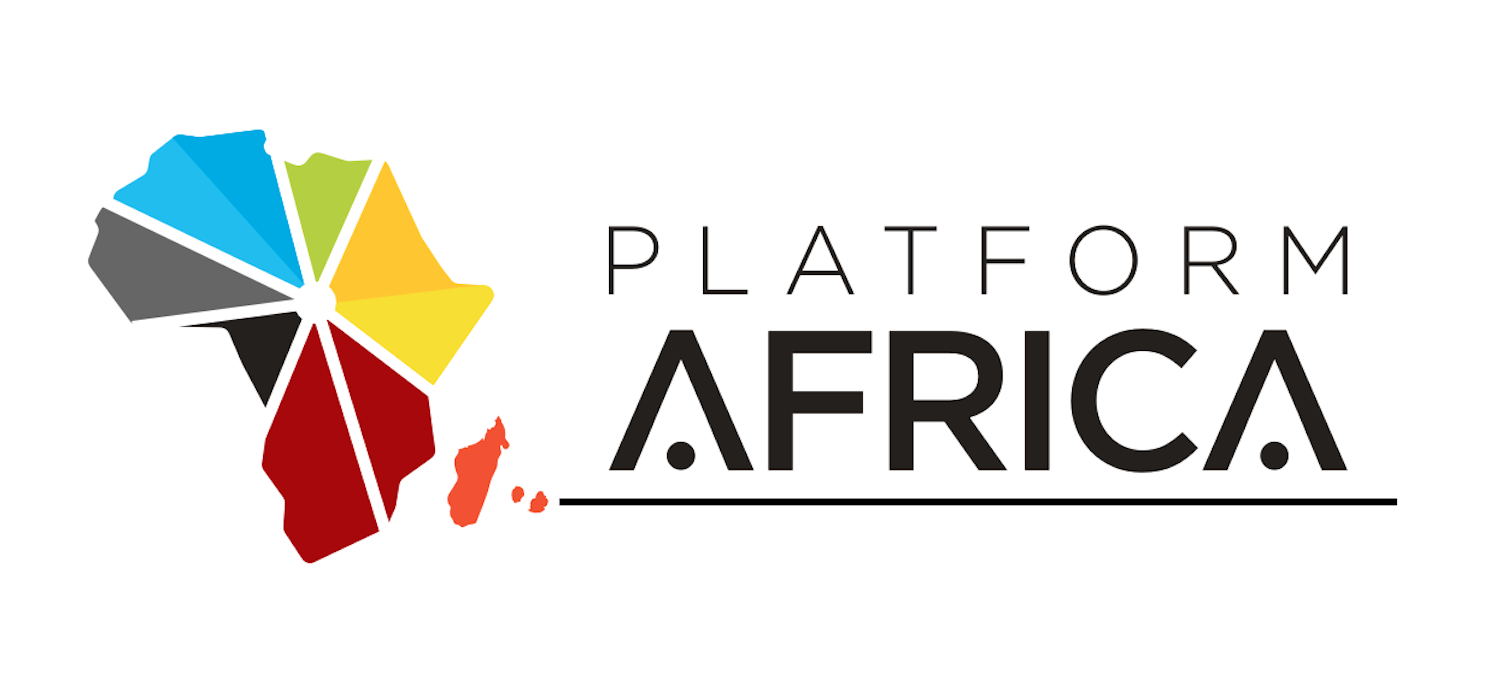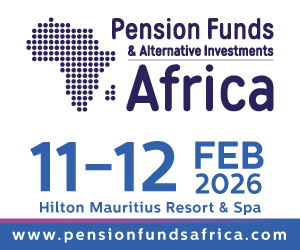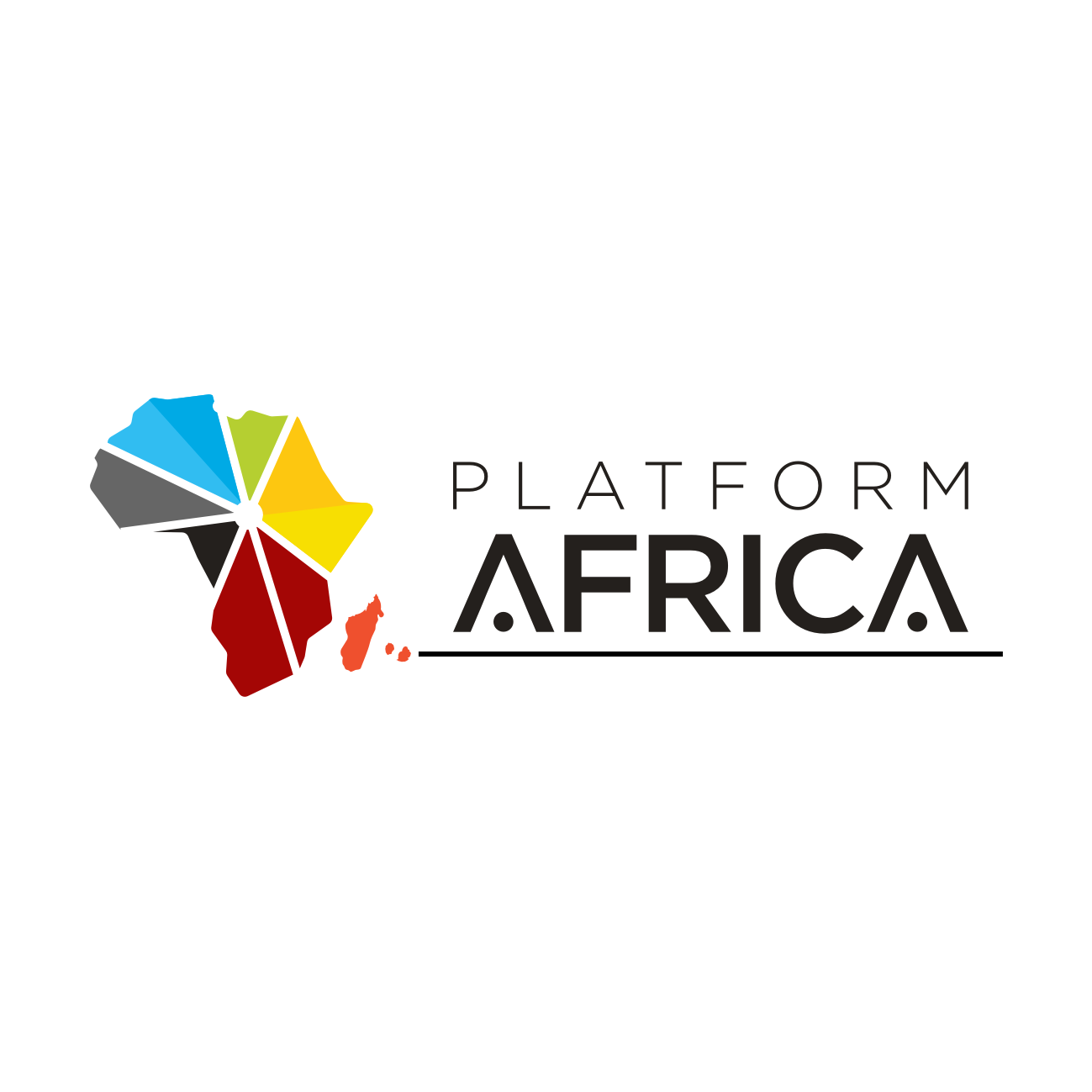Platform Africa recently caught up with Fabrice Konan, Senior Director and Country Lead Indian Ocean Islands & Djibouti at Visa. In a sweeping conversation that cuts across Africa and dives deeper into East African markets, Fabrice tells us how mobile-money led innovations are transforming markets, and what Visa loves about these homegrown innovations.
Stay tuned for the second part of the interview where Fabrice hones in on Mauritius and how merchant acceptance of digital payments might be the final piece of the puzzle for the island economy to truly transform into a regional FinTech hub!
Edited excerpts from an exclusive interview:
If we look at the Eastern African prospects for the year ahead, lots of commentators are saying that 2024 will see East Africa register the best growth on the continent. So from your own perspective, coming from Kenya and looking at the region specifically from a payments lens, which would you say are the most promising markets for next year?
I don’t think there’s only one market which is promising. We are talking about East Africa which is a very populous region. You take Kenya, 50 million inhabitants; Tanzania, 65 million; Uganda, 35 million; or Rwanda, 12 million. Now, there’s some connection between Central Africa and East Africa because DRC is part of the East Africa community. And, DRC is officially 90 million people, and unofficially probably 120 million people. So, there’s a huge, young population, which is really kind of thirsty about experience instead of just payment, being used to mobile. So we see what’s happening on the mobile front in those markets with players like Safaricom, Airtel and Orange. Given that these people have been used to mobile, they’re really going to continue to use mobile for different use cases including payments. And I think that payment is at the heart of everything. So today, people sitting somewhere in Kisumu or in Dar es Salaam, in a remote suburb, just want to enjoy globalisation. They want to be able to buy stuff on Alipay, Amazon or on other global marketplaces. That’s why we expect e-commerce volumes will continue to thrive. And we know that the mobile network operators which have been at the forefront of offering basic financial services to the people will continue to innovate in order to provide more value added services to consumers, including payment through cards, which was not the case 10 years ago.
We struck some key partnerships with major players like Safaricom. In Madagascar, which is the biggest island in the Indian Ocean, we signed strategic partnerships with with MVola and also Orange Money Madagascar. We are also discussing in other markets how we can progress on those types of collaborations because it’s about offering the best payment experience to people whether they are banked or unbanked. All developing markets are really betting on the SME empowerment to drive economic growth. Those small businesses account for 60 to 80% of the economic backbone; we need to empower them with digitalization for them to improve collection of payments and increase their turnovers. We are looking with our partners to see how can we propose solutions to those small businesses to ensure that they can really improve how they make their sales, get their payments, how they can also source their supplies through payment rails; we will continue to drive this across this region.

There is not one country which is going to be ahead and the rest will be just at the back of the train. It’s going to be a trend that will continue to evolve. It’s really about offering a better experience to the consumer. It’s really about the merchants that are going to continue to look for ways to increase their business. But it’s also about looking at strengthening the B2B flows. I would say businesses buy stuff and want also to get their money in a quick and secure manner when they sell. How can they use digital rails in order to improve how they deal with their businesses? We still have a lot of work to be done on equipping people with payment credentials. It can be cards, it can be mobile money, it can be accounts, it can be whatever means. We see in Mauritius, for instance, a diversity of offerings, be it My.T Money, POP, or Juice, riding on the instant payment rails from Bank of Mauritius MauCAS. So this variety of payment choices for me is what will drive what is going to happen overall from a digital landscape in those different markets. But of course, mobile is central. This is where the things will happen. So it’s very critical for all players from the economic landscape to be relevant on the mobile to ensure that they reach maximum number of people and of course the payment experience around it is critical.
You have spoken previously about a move to a cashless society whether in Mauritius or other markets that you know. Are there any markets which you think are the closest to becoming a cashless society based on your own statistics?
We know the case of Kenya and again I’m going to speak holistically when I say that you can survive in Kenya just with an M-Pesa wallet. So, from that standpoint – the experience of making financial transactions with a mobile phone – I think M-Pesa has really shown the way. We are trying to bring a different perspective on how can you really enjoy card rails in a country which has been completely shaped for the past 15 years around the use of mobile to do transactions. How can you bring an alternative experience by competing but also collaborating? That’s why we love that collaboration framework with players like M-Pesa to see how we can bring things together. And I’m sure that Kenya is definitely, from a mobile penetration, a good example of improvement that a country can have from a digitalisation standpoint. But it’s across the board. You take countries like Tanzania, which we call mobile money-led. So you have M-Pesa, you have Airtel Money, you have Tigo Pesa, you have those different players which are leading the mobile money market. In most of the African countries, which are mobile money led, the fact that people are already used to buy things with mobile is for me, from a pure holistic digital system point, a great step ahead.
So I think that each country has its own features, for instance Mauritius is a bank led market, and most of the other ones are mobile money led, but the experience will be, in all those markets, centered around the mobile. And that will be coming with requirements to have much smarter mobile phones. A key requirement if you want to do a contactless transaction is that your smartphone need to be equipped with NFC capability. A key question within the ambition of scaling contactless payments then is: What is the policy of affordability of mobile phones? That’s something the ecosystem has to address, because particularly when you talk about Gen X, Z or Alpha, they don’t know any experience outside the mobile device. It’s only mobile. So those are the challenges of the very next future in most sub-Saharan African markets.
We have heard that M-Pesa tried to launch in South Africa, but for some reason was not very successful. Why was it that the model in Kenya that had worked so fantastically well, then when exported to South Africa, why did it not work there?
That’s a difficult question, and I’m not sure I have the answer, but I can try to guess. Simply because the markets are different. You know, copy-paste is generally not a successful response. You have cultural differences. For instance, South Africa is pretty much a market used to cards and we saw the impact of the Apple Pay launch in how it has dramatically accelerated the card transactions – truly impressive! And at the same time, you still have a relative significant unbanked population in South Africa. And you need to think about what are the holistic set of solutions that you can avail to ensure that you don’t leave anyone aside. So probably the response going with M-Pesa was one of the things that Vodacom was trying to bring into the market. It maybe didn’t work because people were just not prepared for that? That is why it is important before launching a product to properly understand the market, it’s not because it succeeded in Kenya that it’s going to succeed in South Africa. What do South African consumers want? What experience do they crave for? How do you position it? How do you design it? How do you launch it? How do you scale it? It’s not a global or even regional but a local game. Payment is a local matter.
Regarding financial literacy and educational initiatives, you have mentioned a few in the past such as practical business skills and practical money skills, so tell us a bit about this. How do you organise these kind of educational campaigns?
Honestly, I think we should do more, because those are resources that are available at no cost. You can go on Practical Money Skills, it’s a free resource on the Web. As a consumer, how can I do my budget, how can I save? But I think we need to do more, and again probably according to the respective markets, package it in a certain way and make it relevant to the specific culture of the country. I think we need to do that together with the central bank, Ministry of Finance, and some of the Financial Institutions and Fintech partners. We just need to create the relevant content about money management as per its importance for people’s lives. So they need to know tips on how to manage the money to ensure that they will continue to have a stable life and ensure that they can save, and they can do a financial plan for the kids to go to school. I think it’s an important element and we will do more on that.
On the pure business side, it’s Practical Business Skills, which is fantastic and so critical for the SMEs since a lot of the SMEs are going bankrupt because they don’t know how to manage their working capital, and they don’t know how to attract support from Financial Institutions. How can we package it in a certain way, depending on the country where we operate, but really help them avail that information so that entrepreneurs can be empowered in how they manage their business. Because a business which is better managed is likely to be a business that will produce more revenue for itself and it will definitely produce more revenue for the country through the taxation or fiscal regime. So that’s really the underlying principle and guideline. Easier said than done. We just need to do our homework but we are confident that, as Visa, we can bring a significant value added value from a financial literacy standpoint in the markets where we operate.

Let us now come into the metaverse or virtual worlds. In Mauritius, the FSC has recently launched a consultation about the financial services sector in the metaverse. Then we have all of the talks about the national QR codes and the virtual wallets. Is Visa in the metaverse? Where do you stand with all of these virtual innovations?
I think we will definitely play a role. We need to stay relevant about what is happening globally, but also in our key focus markets. One example is that there’s also a lot happening related to the central bank around what you call Central Bank Digital Currencies (CBDCs). We are talking about different kinds of innovations – blockchain, crypto, and others – which are going to shape the future of money. So we definitely have to be aware of the trends and we need to do our best to embrace those trends in our process and our products.
I’ll give you a simple example of ChatGPT or generative AI where we need to find a way to get some value out of it. I think one of the first uses of AI for Visa is about our risk solutions. How are you able to use artificial intelligence to spot some of the patterns and be able to really put the right defense mechanism in the payment ecosystem? So we are really proud to say that we have been one of the leaders in that space. Now, generative AI is going to invade the life of people and I think it’s going to change the way we teach students. It will change a lot of things. There’s also the portion of the risk which creates some threats and people are feeling the flip side of it. But I think for an opportunity, there’s always a risk. We just need to ensure that we maximise the opportunity and really minimise the risk. So just as a short answer, I can tell you that Visa ambitions is to continue to be to be the best way to pay and to be paid, and to further accelerate digital commerce.
Coming back to Visa and its own priorities, talking both for the East African region as well as for the Indian Ocean islands, you have a purpose to uplift people everywhere. What would you say are your top priorities for the region for next year?
Our priority would be around trying to really displace cash and cheques in a lot of countries. It’s not only for digital credentials issuance or enabling merchants to be able to make payments for their business using different digital means, but also to be able to receive payments more efficiently by accepting these developments. That’s extremely critical. For me, it’s so critical in the economic outlook of each and every market to be able to uplift the SME sector. And of course, the same thing will continue because we need to keep progressing on equipping people with credentials. There’s a lot of markets, populous markets, be it DRC, Ethiopia or Tanzania, where we need to ensure that people have in their hands the means to pay. We still need to ensure that we have enough merchants on the other side that are really able to really accept the payment.
Critical to the payment experience is the promise of the brand on the security front. So people shouldn’t have to worry about the security of the transaction. We continue, of course, to be sensitive to our ecosystem about the new cybersecurity risk, which is huge. And we need to be aware collectively to address those risks to ensure that we protect the ecosystem. In a nutshell, our priority for 2024 is to continue to convince the SMEs about how digitalisation can help them in growing their business. And of course, from a merchant standpoint, we continue to increase the number accepting those applications so that digital payment becomes really an everyday behaviour. And, for that, we engage our partners, be it banks or non-banks. We also equip them with value-added services, so that they can understand the customer base, help segment the client base, and make them more efficient. But of course, particularly for the B2B segment, we need to equip them with the right commercial solution and money movement. In Africa, people want to move money be it to Cote d’Ivoire or in Senegal, flawlessly and at the right price.
So those are the key priorities. Continue to be strong on the consumer side. Continue to push credentials and facilitate money movement solutions. But of course, one of the critical items is really empowering the SMEs. And that’s what Visa wants to prioritise going into 2024.




